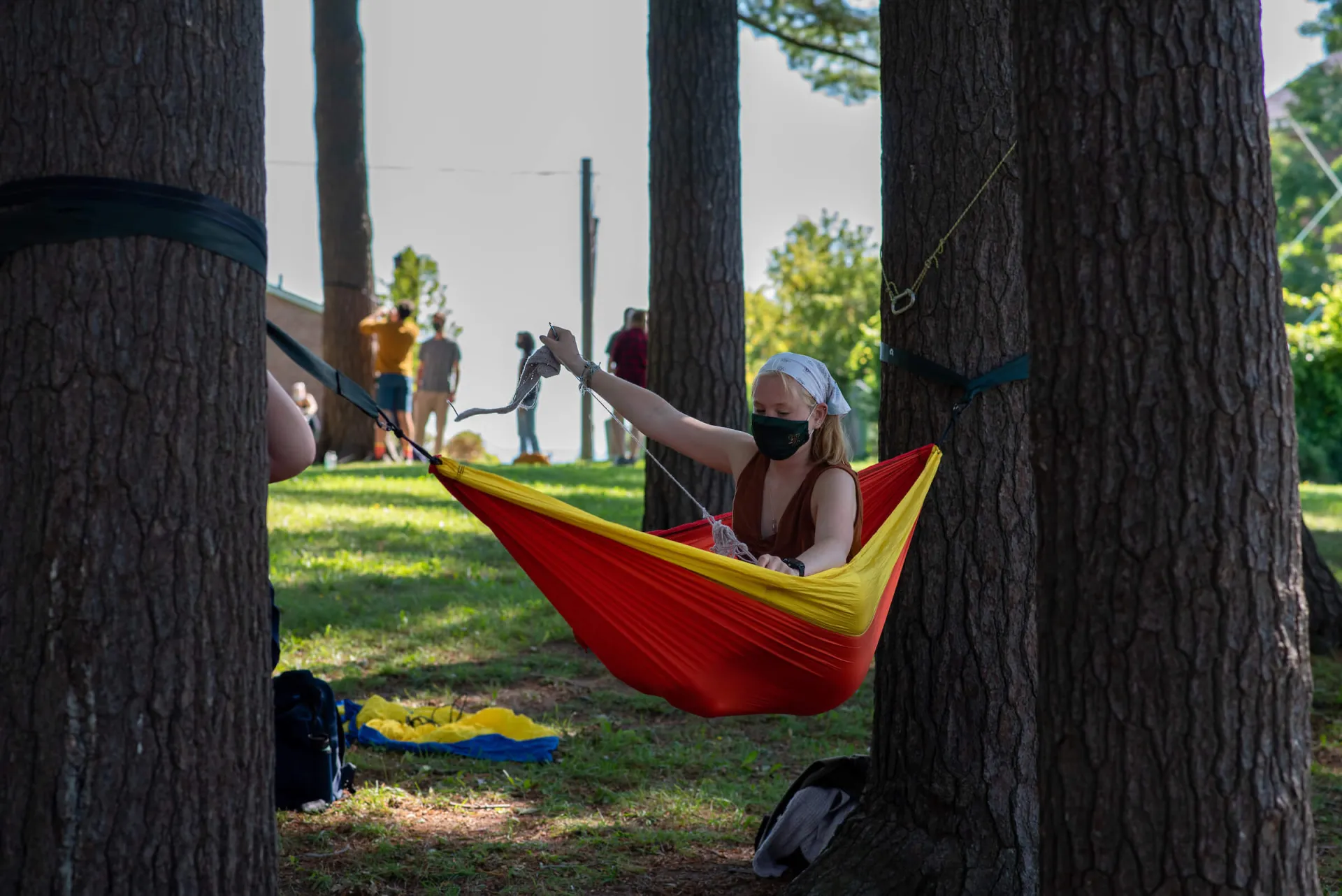Hammocks are a sign of warm weather here at UVM! Any sunny day that the temperature hits 50 degrees or above, students are seen hammocking across UVM greens. However, if not done with care, hammocking can be too much for some trees.
Matt Walker, the UVM Grounds Manager, brought his concern to the Eco-Reps about the number of hammocks being put up in the trees around campus, saying, “hammocks are often connected to trees that may be too small to support the extra weight/strain.”
"Thin straps or ropes can cut into tree bark or strip it off entirely, which leaves the trees vulnerable to insects, disease and the weather," said Mark Starrett, Associate Professor of Horticulture and advisor to the UVM Horticulture Club.
This issue has come to a head in other cities and college campuses. Hammocks are starting to be banned, and cities are occasionally issuing tickets for illegal use. The main reason for this is tree protection.
There are some criteria that should be used when selecting the right trees for putting hammocks up, in properly positioning the hammocks in the trees, and in choosing the correct straps when hanging them.
So how can you hammock responsibly?
- Choose two trees about 12-15 feet apart with trunk diameters at least 12" wide at 5 feet up from the ground. If you can visibly shake the tree trunk, don’t hammock on it!
- Use protective hammock straps. Thin straps or ropes can cut into tree bark or strip it off entirely, which leaves the trees vulnerable to insects, disease, and the weather.
- Limit one hammock per pair of trees! Hammocks set up on top of or next to each other add significantly more stress to the trees.
- Choose trees without any branches lower than 6 feet up on the trunk so the straps don't rub on them after the hammock is hung.
Trees are an essential part of creating a welcoming college campus – so do your part to hammock responsibly so we can protect the trees and the natural environment on campus!
